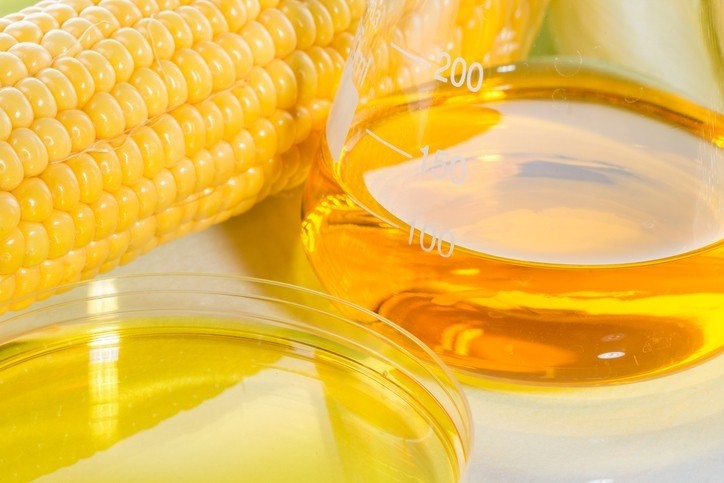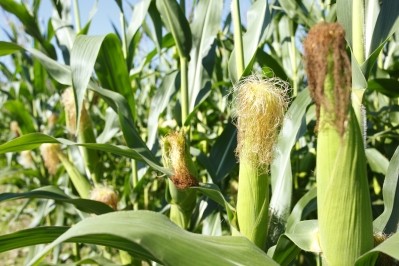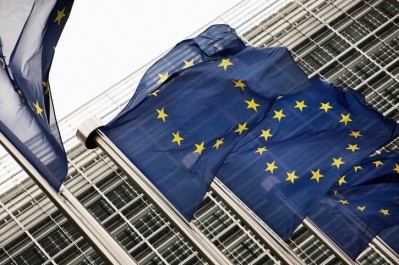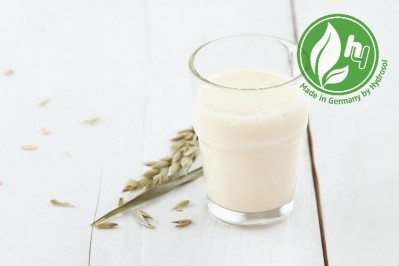EU starch industry looks to protein & plastic potential following isoglucose 'disappointment'

Last year saw the end of EU quotas on the production of sugar beet, capped at 13.5 million tonnes, and isoglucose at 0.72 million tonnes.
“The sugar industry was concerned that when the quotas ended, some sort of isoglucose tsunami would occur with isoglucose taking a massive market share from sugar,” said managing director of trade group StarchEurope Jamie Fortescue. “In fact, the opposite has occurred.”
Using market data provided by its members, who make up 95% of Europe’s starch production, the trade association estimates there has been a 45,000-tonne (13%) decrease in sales of glucose-fructose syrups and fructose-glucose syrups (known as isoglucose) between January to June 2017 and 2018.
“We were looking forward to the end of the quotas and hoped it would result in an increase in demand. But EU sugar prices are at an all-time historic low and the reality is, we can make more money from native and modified starches than trying to compete with those low prices.”
Sugar prices currently sit at around €350 a tonne while the cheapest starch fetches more than this, Fortescue said.
A result of the combination of oversupply and falling demand, with many food and drink manufacturers reformulating to reduce sugar content, the low prices are “a disappointment for the sugar part of our business but an opportunity for our polyols and bulking ingredients”.
“If you take one carbohydrate such as sugar out, you’ll need to add something back in and that's where we can step in,” he added.
At a glance
Europe’s starch industry produces 10.8 million tonnes of starch each year using around 24 million tonnes of European-grown wheat, maize and potatoes.
They manufacture over six hundred products, from native starches to physically or chemically modified starches, through to liquid and solid sweeteners.
Around 5 million tonnes of co-products, such as protein, are also produced in the process.
Around 58% of the starch used in Europe goes to food, 40% to non-food applications such as paper and 2% to animal feed.
Plugging the protein gap
The starch industry is also feeling “reasonably positive” thanks to steady demand for native, modified and clean label starches as well as opportunities through its high-value by-products.
Producing 11 million tonnes of starch means producing three million tonnes of protein as a co-product, and at a time when Europe has a protein deficit, importing soy from the US and Brazil for animal feed, the starch industry believes it could step in to plug this gap with home-grown, non-GMO protein.
“In the past, the starch industry has tended to see proteins as a by-product of starch but that dynamic is starting to shift, especially in wheat. Gluten protein [used for animal feed] is actually significantly more valuable than wheat starch, and we are going to see this happen for other starches too. This development has already started and it will continue,” said Fortescue, adding that firms already have the manufacturing capacity to process the protein co-streams.
Growers could also switch to maize, wheat and potato varieties that have a higher protein content to maximise this former waste product.
Pea processors, in particular, are interested in taking advantage of protein, Fortescue said, as pea starch has “purity issues” and currently goes to lower-value non-food applications.
To increase its protein output, however, the industry would have to produce more starch. Is there a market for it?
According to Fortescue, the opportunities for protein are closely linked to the European Commission’s new Bioeconomy Strategy (updated this year), which looks at streamlining the production of renewable biological resources and converting them into products and bio-energy. This strategy could find new uses for starch.
“Starch is an alternative to oil in a number of applications, although starch producers haven’t gone the ethanol way because it hasn’t made sense economically.
However, there could be an increase in demand for starch in non-food applications such as paper and cardboard. There is also a small but growing outlet in replacing fossil fuels in bioplastics, detergents and paints,” he said. “What’s been holding bioeconomy back has been the relatively low price of oil but there will come a day when that changes.”
Brexit headache
How much of a worry is Brexit to starch suppliers?
Fortescue is confident that UK manufacturers will want to keep using “EU quality starch” in their products but admits the possibility of a hard Brexit is a major concern.
“The starch industry would definitely be a loser in that situation. We know we’re not the only sector that will be impacted but. In the case of starch, the [direction of trade] is almost one way, going from the EU 27 to the UK.”
"Of the 11 million tonnes we produce, almost 900,000 goes to the UK. That means that, when it leaves, the UK will be by far our largest export market, and […] World Trade Organisation (WTO) tariffs would be 167 euros per tonne – and that’s just the tariffs. You also have customs checks, procedures...”
While starch or isoglucose may not immediately spring to mind as a perishable good rotting in a long customs checks at the border, syrups need to be kept at a constant temperature otherwise they can crystallise.
Starch producers are therefore concerned about manufacturers looking to non-EU countries for cheaper supplies.
“This is initially more of a concern for dry products that are easier to ship and less so for syrups, but if there’s a cost incentive, it can be done. High fructose corn syrup (HFCS) has been shipped from the US to the Philippines before.”

























